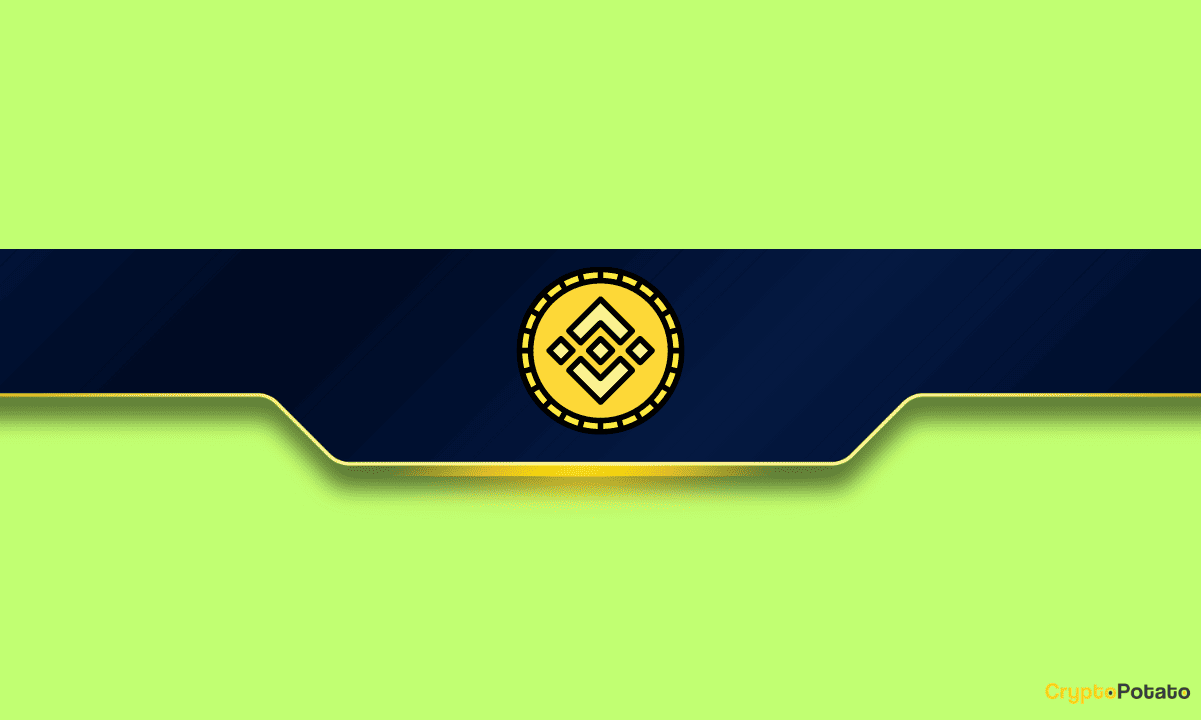Polkadot Parachain Auctions Start Today: What You Need to Know
Parachains are an integral component of the Polkadot structure and vision. They are intended to connect to Polkadot by leasing a slot on the Relay Chain for up to 96 weeks with an option to review.
As CryptoPotato reported earlier in October 2021, after years of development, the team finally greenlighted parachains and said they are ready to be integrated while also proposing a date for the first Parachain Auction.
In this article, we attempt to breakdown the following concepts:
-
What is a Polkadot Parachain
What are Polkadot Parachain Auctions
What is a Polkadot Parachain?
Essentially, parachains represent custom and project-specific blockchains that are integrated within the Polkadot network. They can be customized for a range of different use cases and feed within the main blockchain, which the team calls the Relay Chain – this is considered to be the backbone of the entire Polkadot network.
The Relay Chain is the one who’s responsible for the network’s integrated security, transaction settlement, and consensus. When integrated within it, all parachains benefit from the base features of the Relay Chain.
Although both projects are geared towards enabling developers to build various products and tools on their blockchains, Ethereum and Polkadot (where usually lies the comparison) are particularly different.
With Ethereum, decentralized applications (dApps) are created within the bounds that are set by the blockchain itself. With Polkadot, developers can create their own independent blockchains, which are maintained by collator nodes, storing the full history of each parachain and aggregating the parachain transaction data in blocks, which are then added to the Relay Chain.
And while the first Parachain slot auction began on November 11th, 2021, the team has been using Kusama – Polkadot’s Canary Network, to test out the concept at length. You can learn about Kusama in our guide here.
However, there are designated slots for parachains to be added to Polkadot’s Relay Chain, and these slots are being auctioned off where the winner gets to deploy their project for up to 96 weeks with the option to renew.

How do Parachain Auctions Work?
There are a few different things to consider when discussing parachain auctions.
- Bonding
Bonding is the process of locking up a number of DOT tokens throughout the entire duration of the lease. This is required to bid in the auction, and the bonded DOT cannot be used for any other activities.
This could also be regarded as an opportunity cost of not being able to use the locked DOT for other purposes, although the full amount is unlocked once the lease ends.
- Auction Duration
The duration of the auction is open for a period of around a week, and at the end of the bidding period, the precise moment of the close is determined retroactively.
This is put in place to prevent sniping.
- Slot Duration
Each slot on Polkadot’s Relay Chain can be leased for no more than 96 weeks. Projects are able to choose the length of the desired lease through 12-week increments, which are referred to as lease periods.
- Crowdloans
Some teams might not be able to fund the auction on their own and might opt to bid with the help of a crowd loan campaign, allowing them to accept contributions from various DOT holders. The latter are then rewarded in a range of different ways, including through a distribution of the native token of the parachain.
The first-ever auction on Polkadot happened on November 11th, 2021, with an ending period of November 13th, 2021. The winning parachains are onboarded on December 17th, 2021.
For a closer look into the auction schedule of the first batch of five projects, take a look at the official website.









